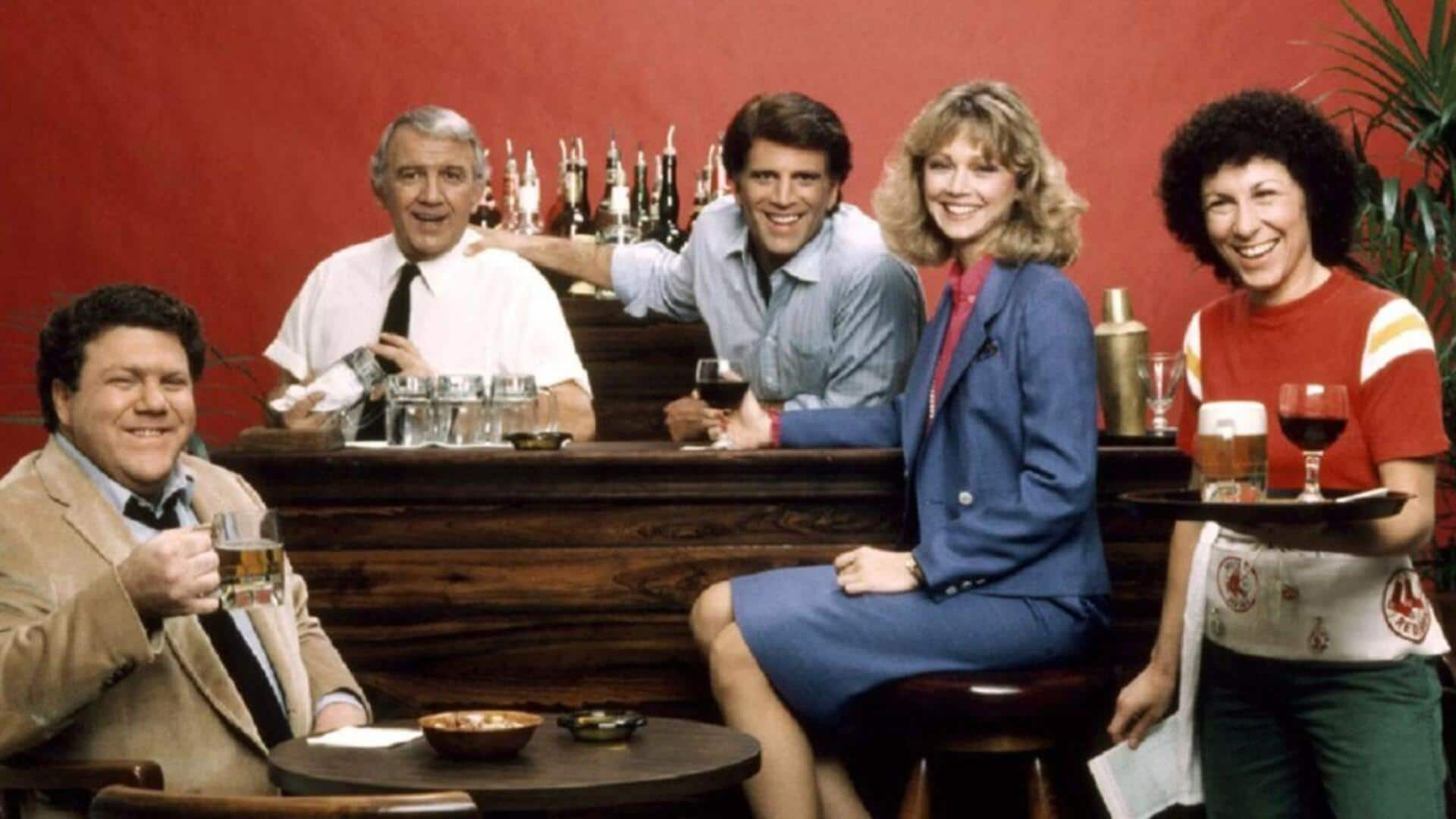
The real-life social dynamics 'Cheers' got spot on
What's the story
The television show Cheers gives a fascinating insight into the social dynamics of bars. The show captures the essence of how people interact in such environments, mirroring real-life scenarios. It shows the good, bad, and ugly of human behavior, from friendships to conflicts, all in the setting of a bar. And, by looking at these interactions, we can understand how social dynamics work in such places.
#1
The importance of regulars
One thing Cheers gets right is the role of regular patrons. Regulars give the bar a sense of community, familiarity. They often form tight-knit groups that support and stand by each other. Such a dynamic is important as it builds loyalty and motivates new patrons to become regulars themselves, making the place more lively.
#2
Staff-patron relationships
The bond between staff and patrons is another thing that Cheers gets spot on. There is more to these relationships than just business; they are real conversations and real connections. Staff members who remember your name or what you like make you feel valued and appreciated, which can play a crucial role in customer satisfaction and retention.
#3
Conflict resolution among patrons
Conflict resolution is an inevitable part of any social setting, even at bars. In Cheers, conflicts among patrons are handled with humor and understanding, as opposed to aggression or hostility. This, of course, reflects real-world scenarios where effective communication can resolve disagreements amicably, keeping the peace in the group.
#4
Humor as a social tool
Just like in Cheers, humor is also a huge part of social interactions at cafes. It can be the icebreaker for you and a new acquaintance, and also diffuse a tense situation between you and a friend. If you make humor a part of your conversations, not only can you build positive relationships, but also make the atmosphere comfortable for everyone around.